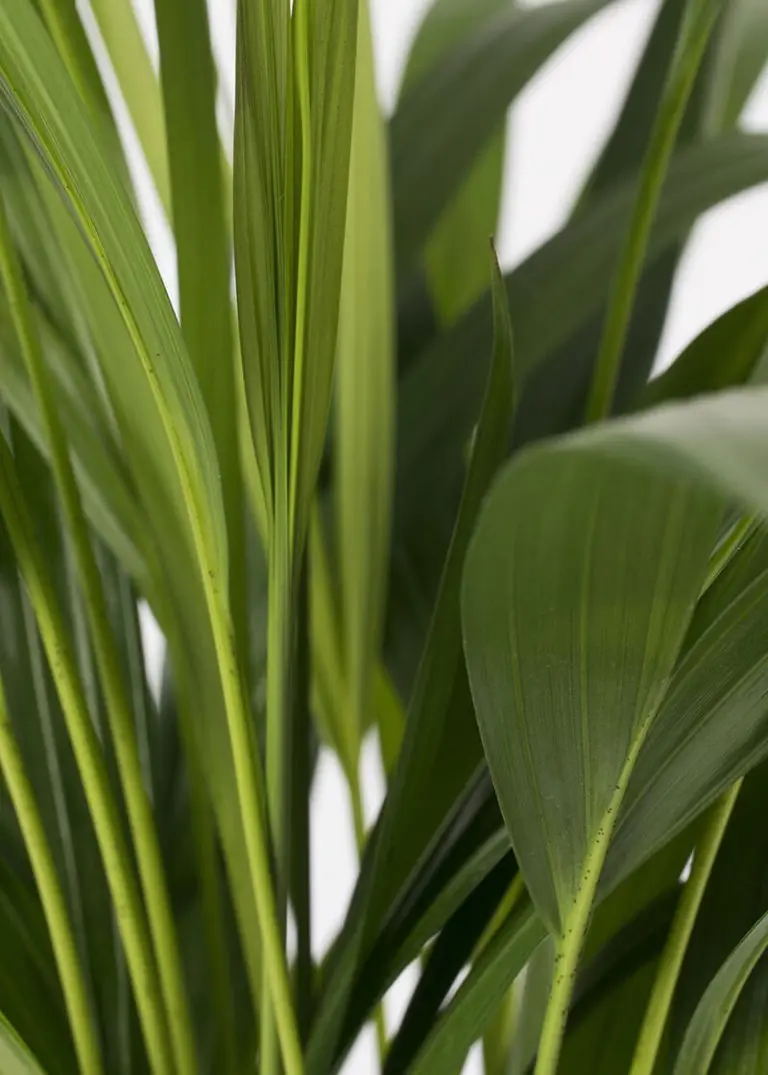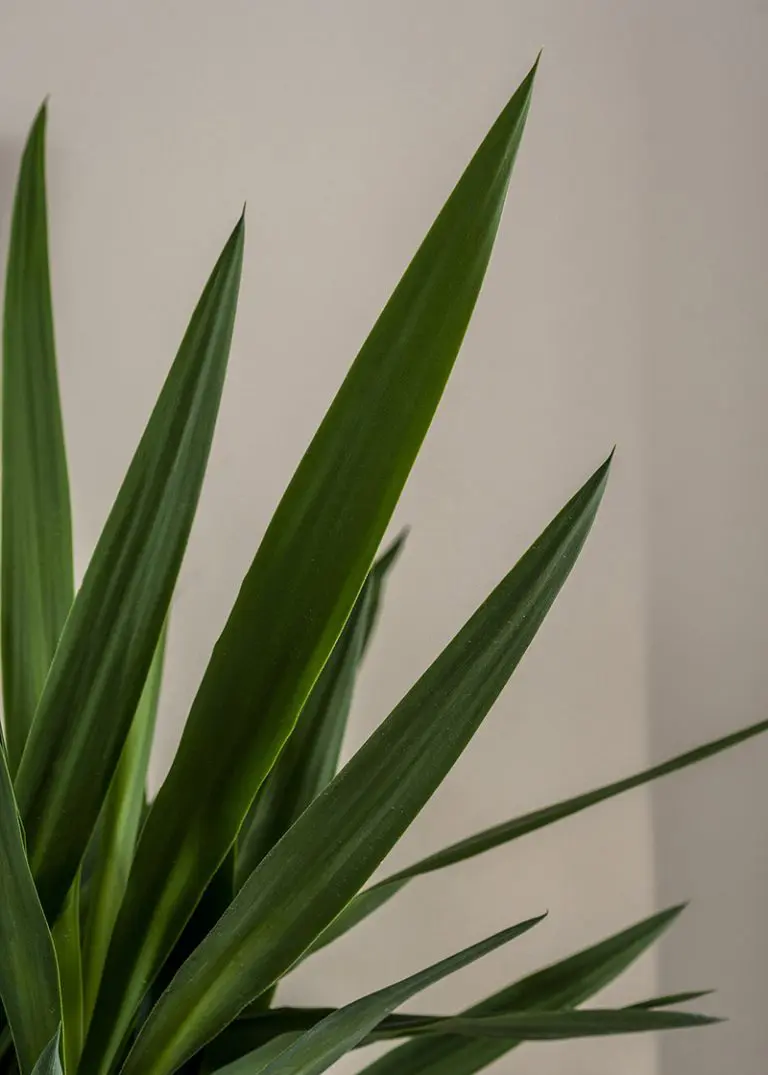Fertilizer should be added during periods of active growth, especially the spring and summer. A weak foliar feed is also beneficial in early spring.
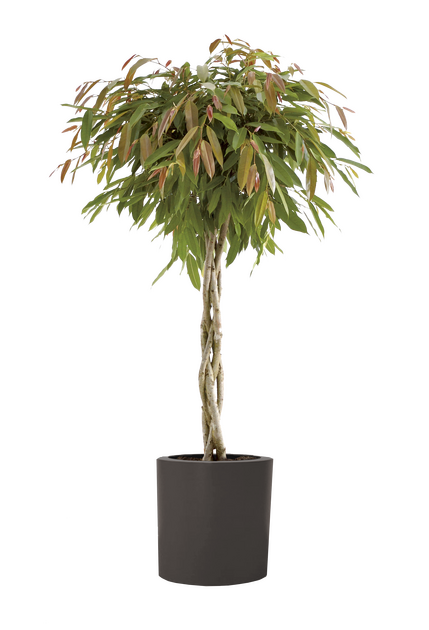
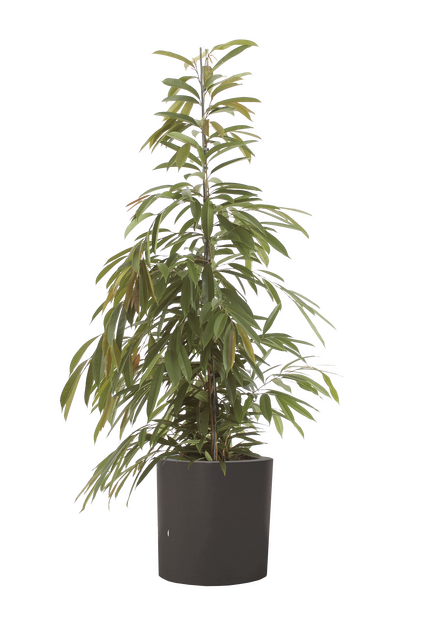
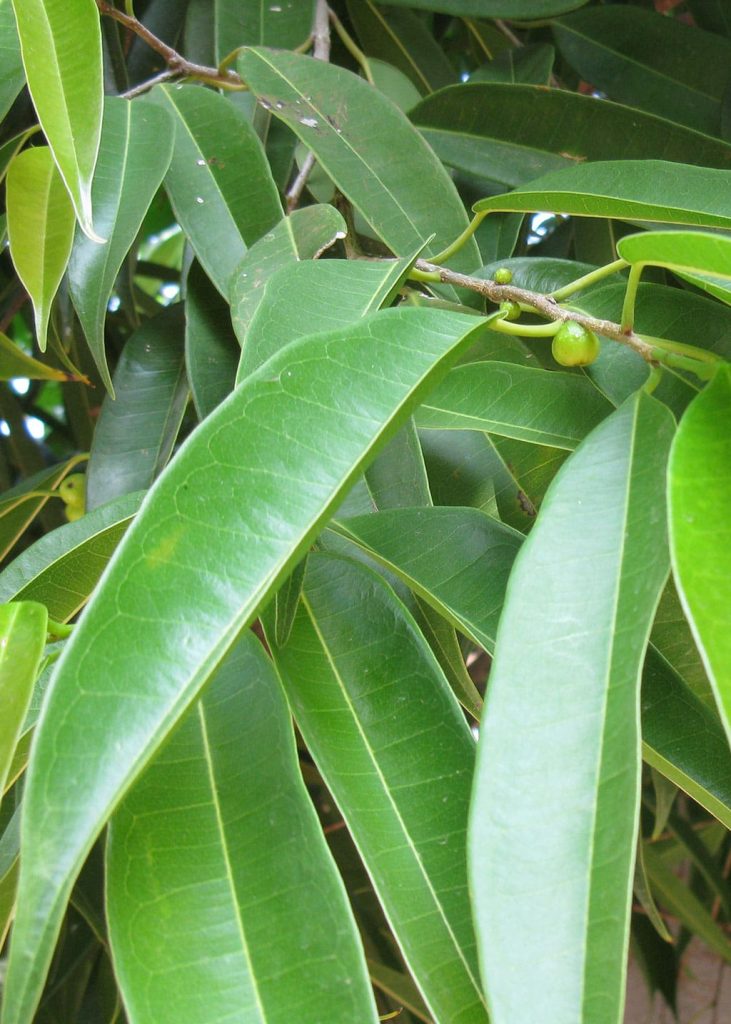
A tree of dense growth and pendant habit which may grow to several metres in height.
Latin name
Ficus binnendijkii ‘Amstel King’
Pronunciation
(FYE-kuss bin-en-DYE-kee-eye)
Common name
Long-leaved fig
Origin
Java, Malaysia, Sumatra, Thailand
The shiny, deep green leaves are up to 25 centimetres long and tapering to a slender point. Leaf width depends on variety and ranges from two to three centimetres (“Alii”) to five to six centimetres (“Amstel King”). In common with most fig species, the leaves and bark exude a milky-white liquid when damaged. This may cause minor skin irritation in some individuals.
Did you know?
This cultivar is a variety of Ficus binnendijkii, named after botanist Simon Binnendijk.
Ficus ‘Amstel King’ is toxic to pets and humans if ingested. Its milky sap contains compounds that can cause skin irritation, mouth discomfort and stomach upset in cats, dogs and people.
caring for your plant

Light
Does best in high light, but can tolerate slightly lower light than Ficus benjamina or Ficus microcarpa. However, the plant maintains a dense canopy in good light. Direct sunlight may cause leaf scorch.

Watering
The growing medium should be kept moist under good growing conditions, but allowed to dry out slightly during the winter months.

Pruning
Pruning large landscapes trees is a job for a specialist and should not be attempted by the home gardener.

Feeding

pest & diseases
Prone to attack by mealybug, scale insects and the Two spotted (red) spider mite (Tetranychus urticae).
Our plants are grown in Ecoponic, an alternative to soil. Officially known as a vulkaponic substrate, it replaces traditional compost with a clean, mineral-based medium that helps protect peatlands.
According to the IUCN UK Peatland Programme, “A loss of only 5% of UK peatland carbon would be equal to the UK’s annual greenhouse gas emissions.” As well as storing carbon, the natural wetlands where peat is found are critical to the survival of plants and wildlife. Ecoponic also improves plant health and uses water more efficiently.
Find out more about Ecoponic here.

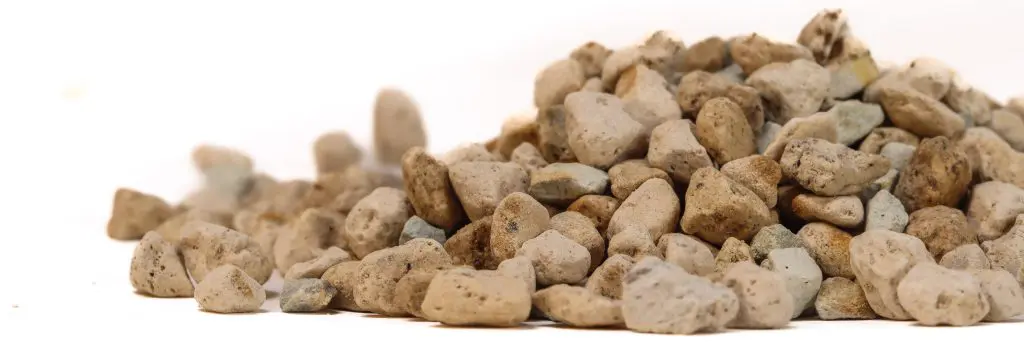
Buy one of my cousins from the nursery
Did you know?
Research from the University of Exeter found that offices with plants can increase productivity by up to 15% while also improving concentration and job satisfaction.
Plantopedia is brought to you as part of our Engage & Bloom workplace experience program.
explore more
Why not continue your journey through the plant world. Explore more plants, their stories, habitats and the benefits they bring to spaces.

